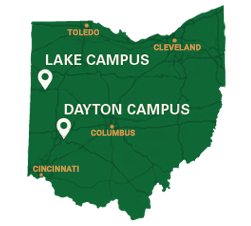The Wright State University Brand

Wright State University is tied to a history of exceptional ingenuity, courage, and grit thanks to our namesakes, the Wright brothers.
Orville and Wilbur Wright were self-trained engineers, mathematicians, physicists, and philosophers. They were raised to ask questions, inspired to think beyond the known, and encouraged to dream. Through their passion and undeterred efforts, they taught the world to balance in thin air, perfecting their flying techniques in a field near Wright State.
We are not afraid to try new things, and, just as importantly, we're not afraid to fail. This determination, this fearlessness, this desire for forward progress—it's all part of the Wright State brand. More than a name, logo, or color, our brand is a promise. Our brand is everything we say and do.
Read through the Wright State University brand guidelines to understand how to successfully use the official logos, wordmarks, colors, etc. Please contact University Communications and Marketing if you have any questions about proper usage of our brand.
Contact and Support
We are here to help!
Please contact us with any questions, comments, or issues you may have. In a timely manner, we can provide you with helpful information, logo files in a variety of formats, and solutions to branding problems you may encounter.
Please consult this website for the most current information on Wright State's branding guidelines, policies, and best practices.
Brandbook website
wright.edu/brandbook
University Communications and Marketing / Wright State University brand questions
Amanda Earnest-Reitmann
amanda.earnest-reitmann@wright.edu
937-775-3467
Wright State University Athletics brand questions
Collton Daugherty
collton.daugherty@wright.edu
937-775-4557

